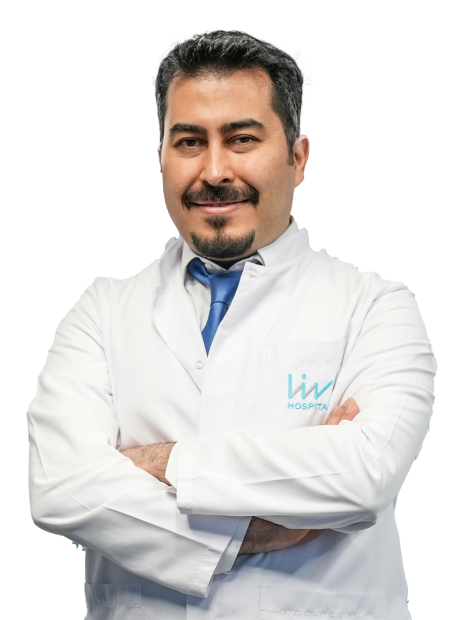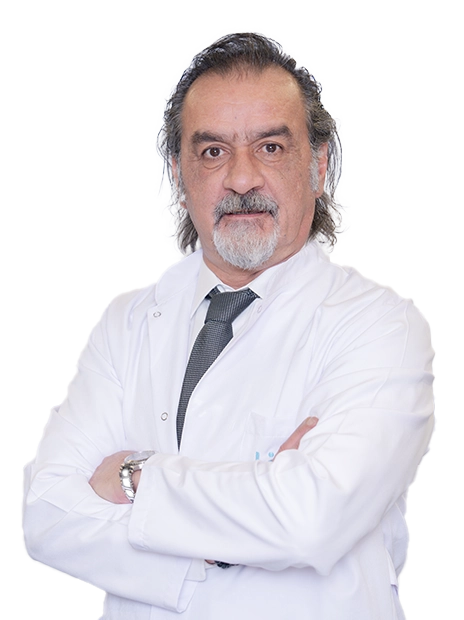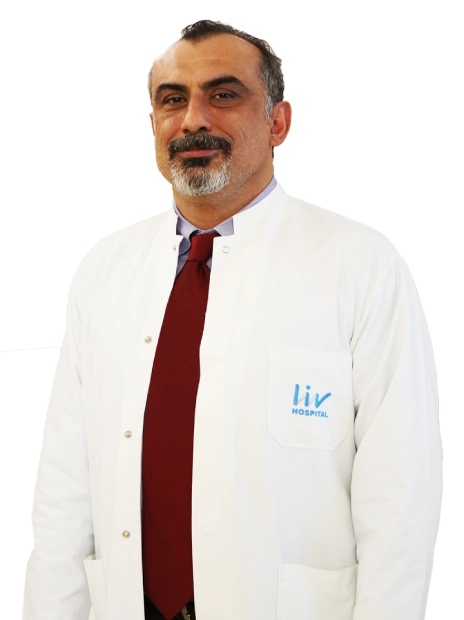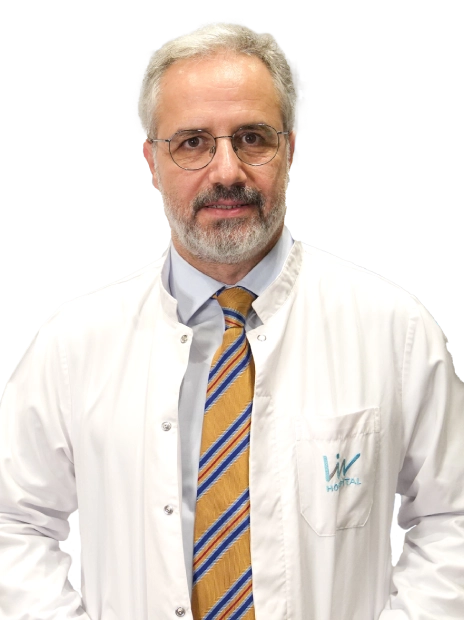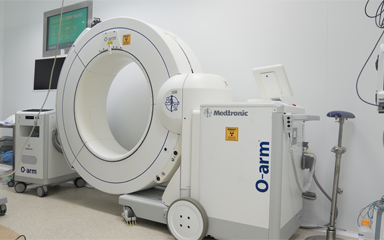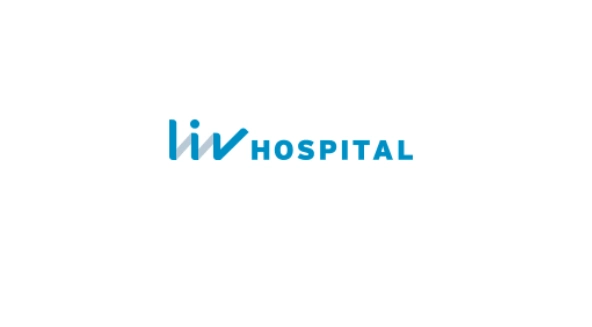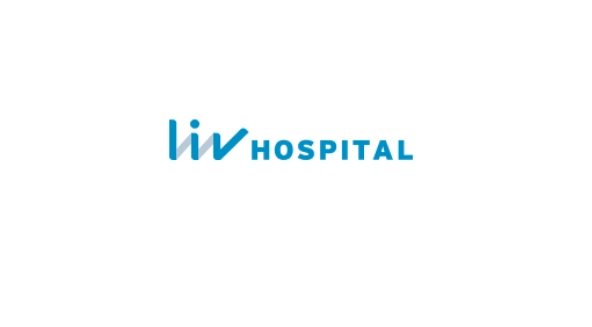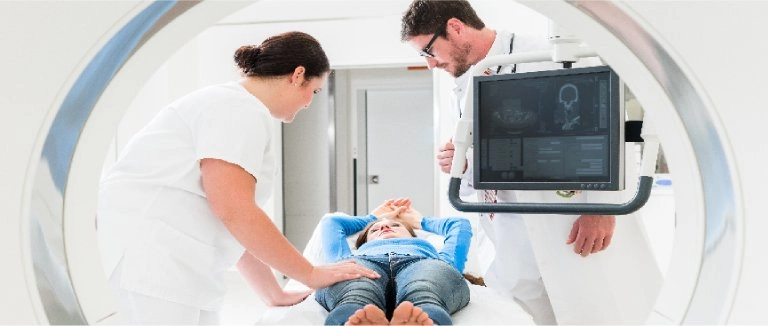Pediatric Neurosurgery: Conditions, Procedures, and What Families Should Expect
Pediatric neurosurgery helps diagnose and treat conditions affecting the brain, spine, nerves, and skull in babies, children, and teens. Since children are still growing, surgeries are carefully timed and planned to support healthy development. Families often look for help with issues like hydrocephalus, craniosynostosis, Chiari malformation, tethered cord, brain and spine tumors, and epilepsy. Throughout care, the focus is on clear communication and working together, so parents feel confident about their choices.
Evaluation begins with a thorough history, a child friendly neurological examination, and appropriate imaging, such as MRI or CT, with ultrasound in infants when indicated. Not every condition requires immediate surgery; many children are monitored with scheduled visits and imaging to track changes. When a procedure is recommended, the team explains the goals, benefits, risks, and alternatives in plain language. Perioperative planning includes pediatric anesthesia, comfort focused pain control, and recovery pathways that reduce hospital stay and support a smooth transition home.
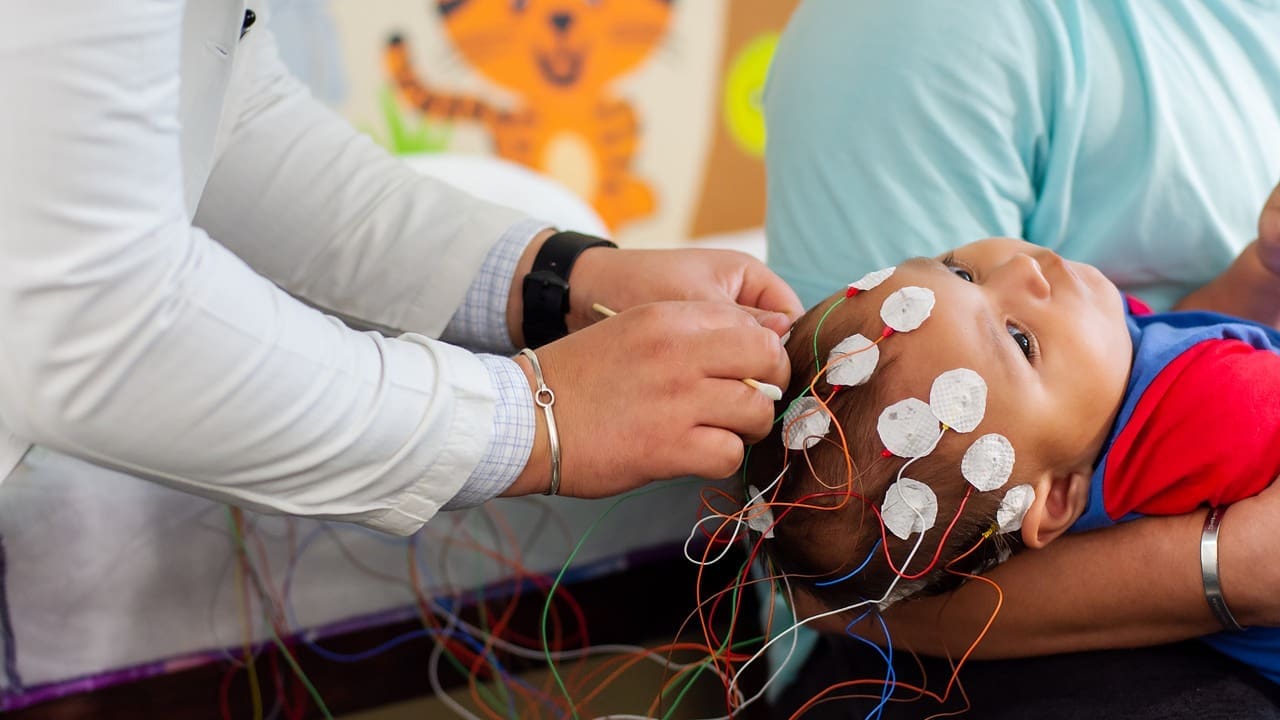
Many pediatric neurosurgery treatments provide durable improvements: relieving pressure in hydrocephalus, correcting skull shape and relieving elevated pressure in craniosynostosis, reducing headaches and balance problems in Chiari malformation, and removing or reducing tumors while protecting function. After surgery, families receive clear instructions on wound care, medications, activity limits, and warning signs that require urgent contact.
Pediatric Neurosurgery Near Me: How to Choose the Right Clinic and When to Seek Care
Looking for pediatric neurosurgery nearby can be overwhelming. Try to find a clinic that has experience with your child’s condition, such as hydrocephalus, craniosynostosis, tethered cord, Chiari malformation, or brain tumors. The best centers use pediatric imaging and anesthesia, along with advanced surgical tools. It also helps if the clinic offers care from specialists, such as pediatric neurology, neuroradiology, rehabilitation, and child life experts, to ensure your child’s care is well coordinated. Consider evaluating Liv Hospital as an option if it is accessible to you; it emphasizes child specific imaging and anesthesia protocols, advanced endoscopic and navigation assisted surgical techniques, and coordinated multidisciplinary care (including pediatric neurology and rehabilitation), with a family centered communication approach.
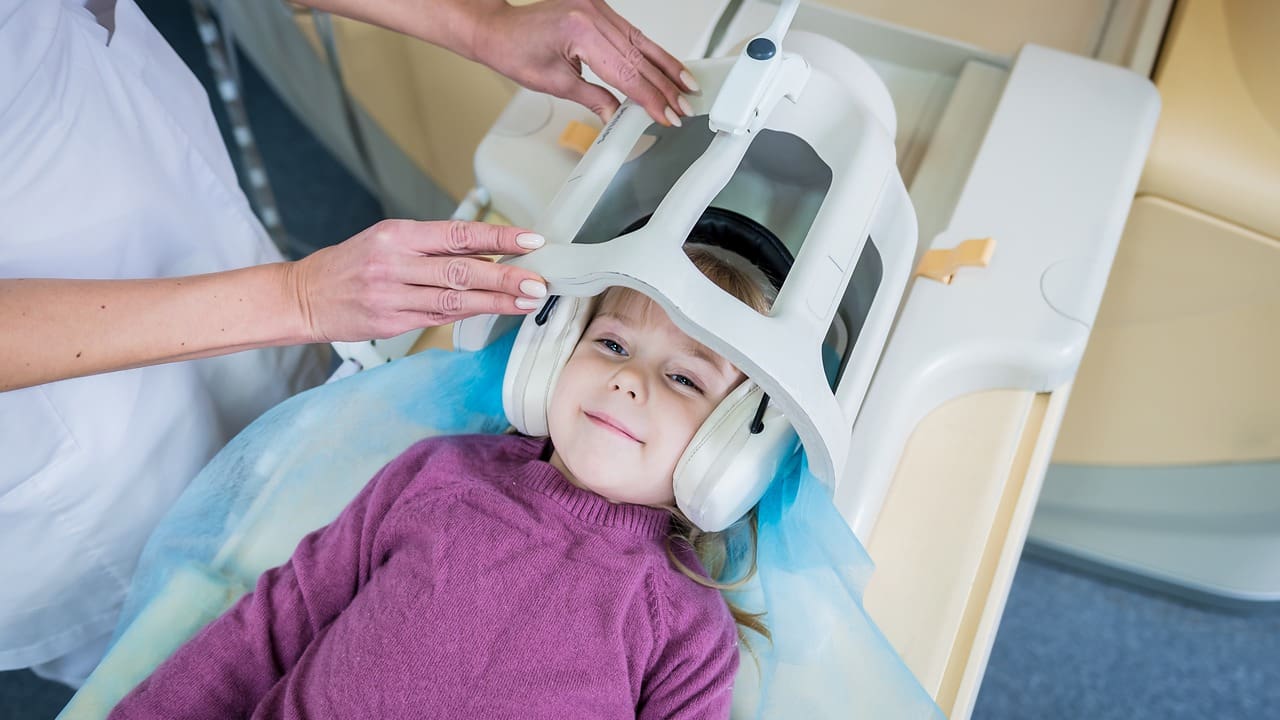
Seek prompt evaluation if your child has rapidly worsening headaches with vomiting (especially in the morning), new weakness, balance or vision changes, prolonged or clustered seizures, a bulging fontanelle or rapidly enlarging head in an infant, or head injury followed by concerning symptoms. A responsive clinic that offers timely appointments and clear pathways for urgent visits can reduce anxiety and improve outcomes. Contact a responsive center like Liv Hospital to review symptoms, share existing imaging, inquire about second opinions, and understand urgent access pathways to streamline next steps.
What Is Pediatric Neurosurgery? A Parent’s Guide to Common Pediatric Neurosurgery Procedures

Pediatric neurosurgery includes procedures designed specifically for growing children:
- Hydrocephalus treatment: Endoscopic third ventriculostomy (ETV) or ventriculoperitoneal (VP) shunt to restore cerebrospinal fluid (CSF) flow and relieve pressure. Families learn to recognize signs of shunt malfunction, such as worsening headache, vomiting, and unusual sleepiness.
- Craniosynostosis surgery: Opening or remodeling prematurely fused skull sutures to allow normal brain growth and improve head shape. Techniques may be minimally invasive or open, depending on age and type.
- Chiari decompression: Removing a small portion of bone at the skull base, and sometimes opening the dura, to improve CSF flow and reduce headaches, neck pain, or balance issues.
- Tethered cord release: Freeing the spinal cord from abnormal attachments that cause progressive leg weakness, foot deformity, pain, or bladder/bowel changes.
- Pediatric brain and spine tumor surgery: From biopsy to maximal safe resection using neuronavigation and neuromonitoring to protect function. Some tumors are observed or treated in stages based on type and location.
- AVM and vascular lesion care: Microsurgery, endovascular therapy, radiosurgery, or combinations to reduce bleeding risk, tailored to age, anatomy, and symptoms.
- Epilepsy surgery evaluation: For drug resistant epilepsy, options may include focal resection, laser ablation, or neuromodulation. Planning is multidisciplinary, often with EEG and advanced imaging.
Every plan balances benefits and risks, prioritizing recovery, comfort, and long term development.
Pediatric Neurosurgery Specialists and Multidisciplinary Care: Patient Centered Support
Pediatric neurosurgery specialists work closely with other experts, including pediatric neurologists, neuroradiologists, anesthesiologists, rehabilitation therapists, and child life professionals, to provide complete and patient focused care. This teamwork helps make sure decisions fit your child’s test results, symptoms, and daily life. For example, when treating Chiari malformation, the team looks at headache patterns, balance, and MRI results. For hydrocephalus, follow up might include eye exams and developmental checks to watch your child’s progress.
Preoperative education prepares families for the hospital day, outlining fasting instructions, arrival times, and what to bring. Intraoperative monitoring helps protect brain and spinal cord function. Postoperative plans focus on pain control, hydration, early mobilization, and teaching families how to manage dressings and activity levels. A direct contact process for questions or concerns after discharge helps families feel supported.
Pediatric Neurosurgery and Hydrocephalus, AVM, and Craniosynostosis: Signs, Diagnosis, Treatment
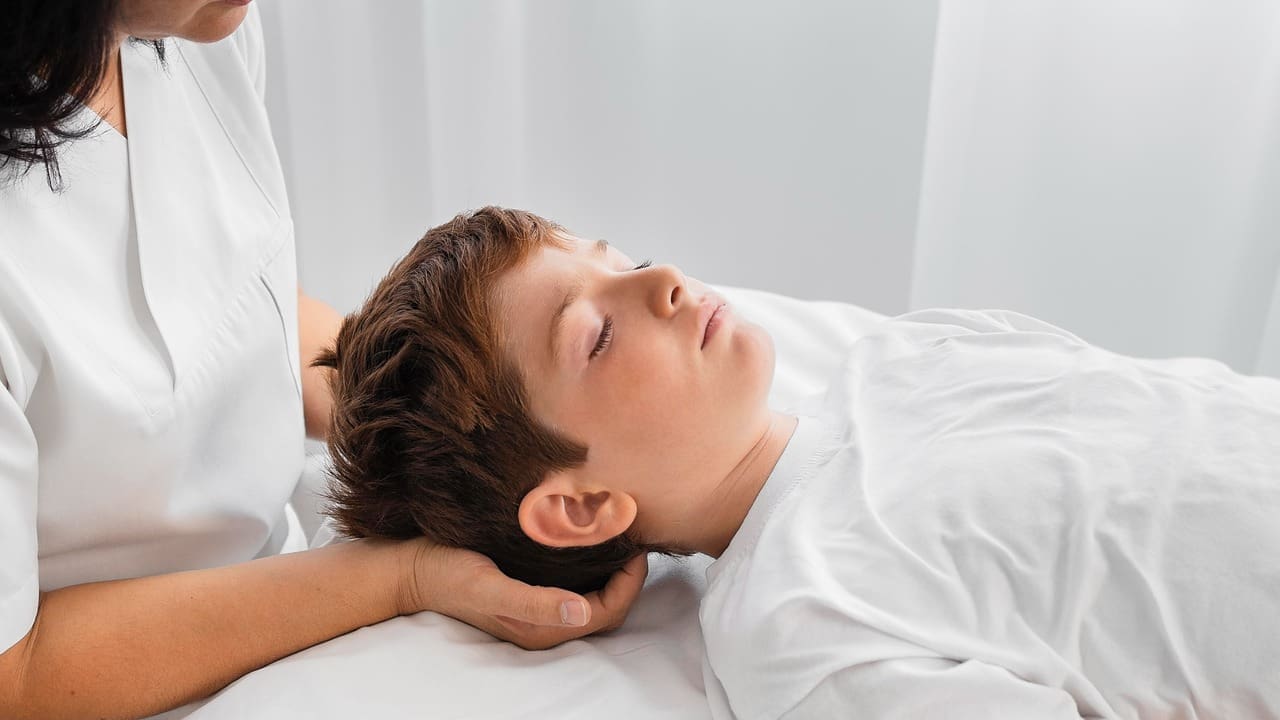
Hydrocephalus
• Signs: In infants, rapid head growth, bulging fontanelle, irritability, vomiting, and sleepiness. In older children, headaches, vision changes, balance problems, and difficulty concentrating may occur.
• Diagnosis: Clinical evaluation and imaging (ultrasound in infants, MRI, or CT). Head circumference charts and developmental checks support decision making.
• Treatment: ETV or VP shunt. Families receive education on recognizing shunt issues and when to seek urgent care.
Craniosynostosis
• Signs: Abnormal head shape, palpable ridges along sutures, and, sometimes, symptoms of increased intracranial pressure, such as headaches or vomiting.
• Diagnosis: Physical exam and imaging to confirm which sutures have fused.
• Treatment: Surgical correction is timed to maximize skull growth and functional and cosmetic outcomes. Helmet therapy may be recommended after minimally invasive techniques.
Arteriovenous Malformations (AVMs)
• Signs: Headaches, seizures, neurologic changes, or hemorrhage; some AVMs are found incidentally.
• Diagnosis: MRI/MRA and sometimes catheter angiography to map anatomy.
• Treatment: Microsurgery, endovascular embolization, radiosurgery, or a combination. Decisions aim to lower bleeding risk while minimizing procedural risks.
These examples show how pediatric neurosurgery uses careful diagnosis, anesthesia and imaging made for children, and personalized treatment plans to help relieve symptoms and support healthy development over time.
Pediatric Neurosurgery Clinic: From First Appointment to Follow Up Care
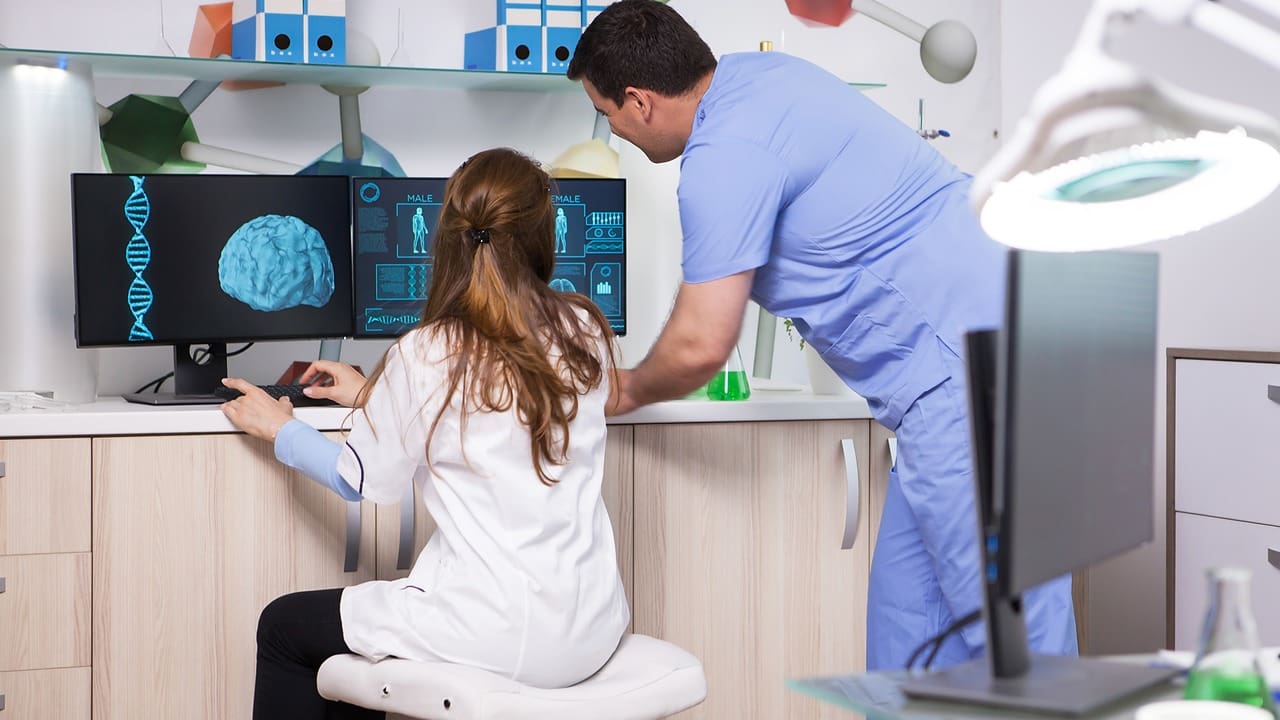
Your first clinic visit focuses on listening to your child’s story, reviewing records, and performing a calm, age appropriate exam. Bring:
• A symptom timeline and any videos of events.
• Growth records for infants and toddlers.
• Medication and allergy lists.
• Prior imaging (disc or secure link) with radiology reports.
Imaging is planned to limit radiation and keep scan times short. For infants, ultrasound may be used, while MRI is often chosen for clearer pictures. If your child has possible seizures, an EEG might be needed. If there are concerns about blood vessels, special scans may be done. The care team will explain how to prepare, what will happen, and ways to help your child feel less anxious.
Once a diagnosis is confirmed, you receive written instructions covering treatment choices, preparation for procedures, and recovery guidance. After surgery, the care plan includes wound care, bathing timelines, pain control, activity limits, and warning signs to watch for. A clear follow up schedule and direct contact information help families navigate recovery confidently.
Adult and Pediatric Neurosurgery: Understanding Differences in Care for Children
Children have different needs than adults. Pediatric neurosurgery focuses on supporting growth and development, using techniques that fit a child’s growing skull and spine. Imaging is done with as little radiation as possible, and anesthesia is matched to your child’s age and size. Surgeries often use smaller cuts and shorter anesthesia times, with plans that allow for future growth. After surgery, instructions are given to help your child get back to school and play safely and as soon as possible.
Symptoms can look different depending on your child’s age. For example, babies might be irritable, eat less, or have a growing head instead of having headaches. Pediatric teams know how to spot these age related signs and adjust care as needed. Families get clear, easy to understand instructions after visits, so they know what to do at home.
Pediatric Neurosurgery Procedures: Safety, Anesthesia, and Recovery
Safety starts with pre anesthesia assessments that review airway, prior anesthetic responses, and medications. Pediatric anesthesiologists use weight based dosing and child friendly induction. In the operating room, neuronavigation, neuromonitoring, and endoscopy can enhance precision and protect critical functions. Careful positioning protects the skin, joints, and eyes.
Pain control often combines acetaminophen or ibuprofen as appropriate, limited opioids when necessary, local anesthetics, and comfort strategies like distraction and parental presence when allowed. Nurses teach wound care and how to recognize signs of infection or CSF leak. Most children return gradually to normal routines, with activity restrictions tailored to the procedure and updated at follow up.
Living After Pediatric Neurosurgery: Daily Life and Activities
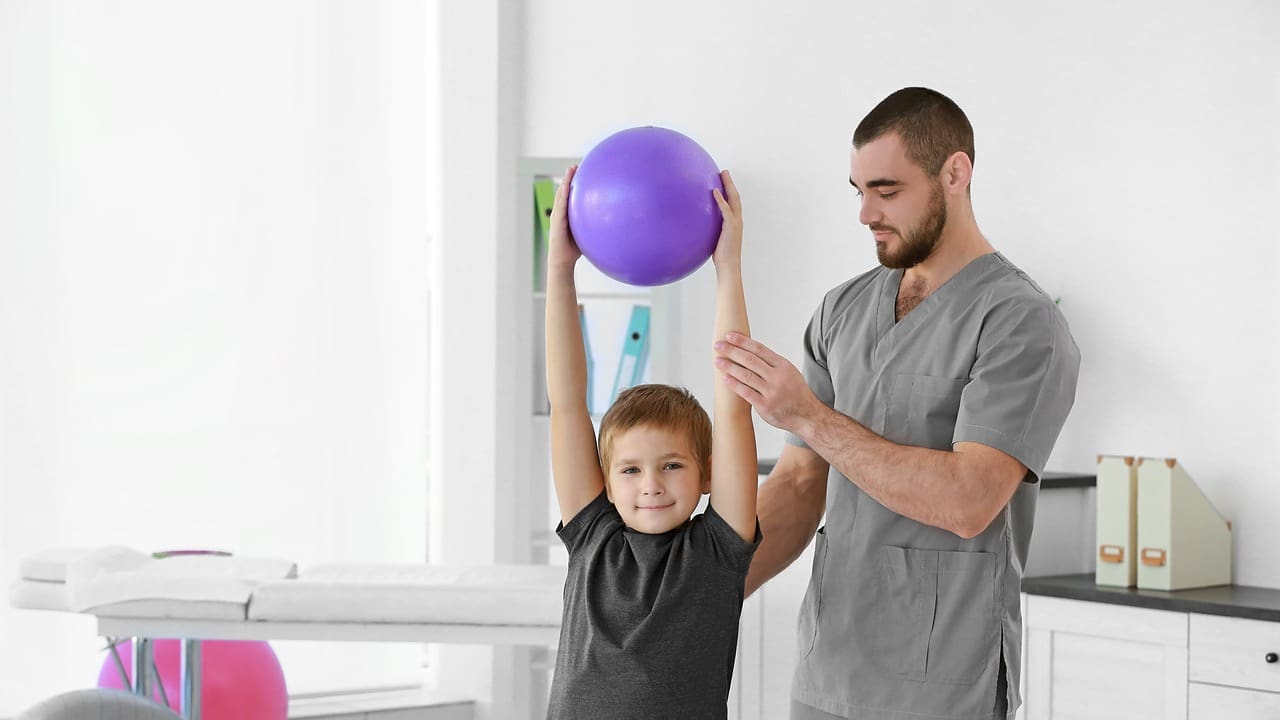
After recovery, most children resume age appropriate activities with individualized precautions. Parents can support healing by encouraging regular sleep, hydration, and gentle movement, then gradually increasing activity as advised. Watch for red flags such as fever, worsening pain, swelling, drainage, new headaches, vomiting, or neurologic changes. Keep all scheduled follow up visits to track healing and update the care plan.
For conditions like hydrocephalus, families learn to recognize potential shunt problems and have an action plan for urgent care. Children who have had decompression or tumor surgery may benefit from physical or occupational therapy and periodic vision or developmental checks, depending on the plan made with the care team. Clear communication between the family and clinic supports a confident return to daily life.
When to Seek Urgent Pediatric Neurosurgery Care
Seek urgent medical attention if your child has:
• A new seizure or a seizure lasting more than five minutes.
• Repeated seizures without full recovery between episodes.
• Severe or worsening headache with vomiting, confusion, neck stiffness, or behavior change.
• Sudden weakness, difficulty speaking, facial droop, or vision loss.
• Head injury followed by persistent vomiting, severe headache, or unusual sleepiness.
For more information about our academic and training initiatives, visit Liv Hospital Academy
Frequently Asked Questions for Pediatric Neurosurgery
What does follow up care involve after pediatric neurosurgery?
Follow up includes wound checks, symptom review, imaging when indicated, adjustments to activity or medications, and a clear plan for emergencies, along with direct contact information.
How long is the recovery after pediatric neurosurgery, and when can activities resume?
Recovery varies by procedure. Many children resume light activity within days to weeks. Follow up visits confirm healing and update activity limits and return to school timing.
Why might families seek a second opinion in pediatric neurosurgery?
Second opinions can confirm timing, clarify options (such as ETV vs. VP shunt), and provide reassurance or alternatives without delaying necessary treatment.
What signs after surgery should prompt urgent contact?
Call urgently for fever, wound redness or drainage, severe or worsening headache, repeated vomiting, unusual sleepiness, new weakness or vision changes, seizures, or signs of shunt malfunction.
How can families prepare for a pediatric neurosurgery visit?
Bring a symptom timeline, medication and allergy list, prior imaging and reports, growth records for infants, and videos of events if relevant. Prepare questions about benefits, risks, recovery, and follow up.
How safe is pediatric neurosurgery, and what about anesthesia?
Safety is prioritized through pediatric specific anesthesia, careful monitoring, and risk reducing techniques. Teams use weight based dosing and advanced monitoring to protect brain and spinal cord function.
What pediatric neurosurgery procedures are commonly performed?
Common procedures include endoscopic third ventriculostomy or VP shunt for hydrocephalus, craniosynostosis repair, Chiari decompression, tethered cord release, tumor surgery, and treatments for AVMs.
